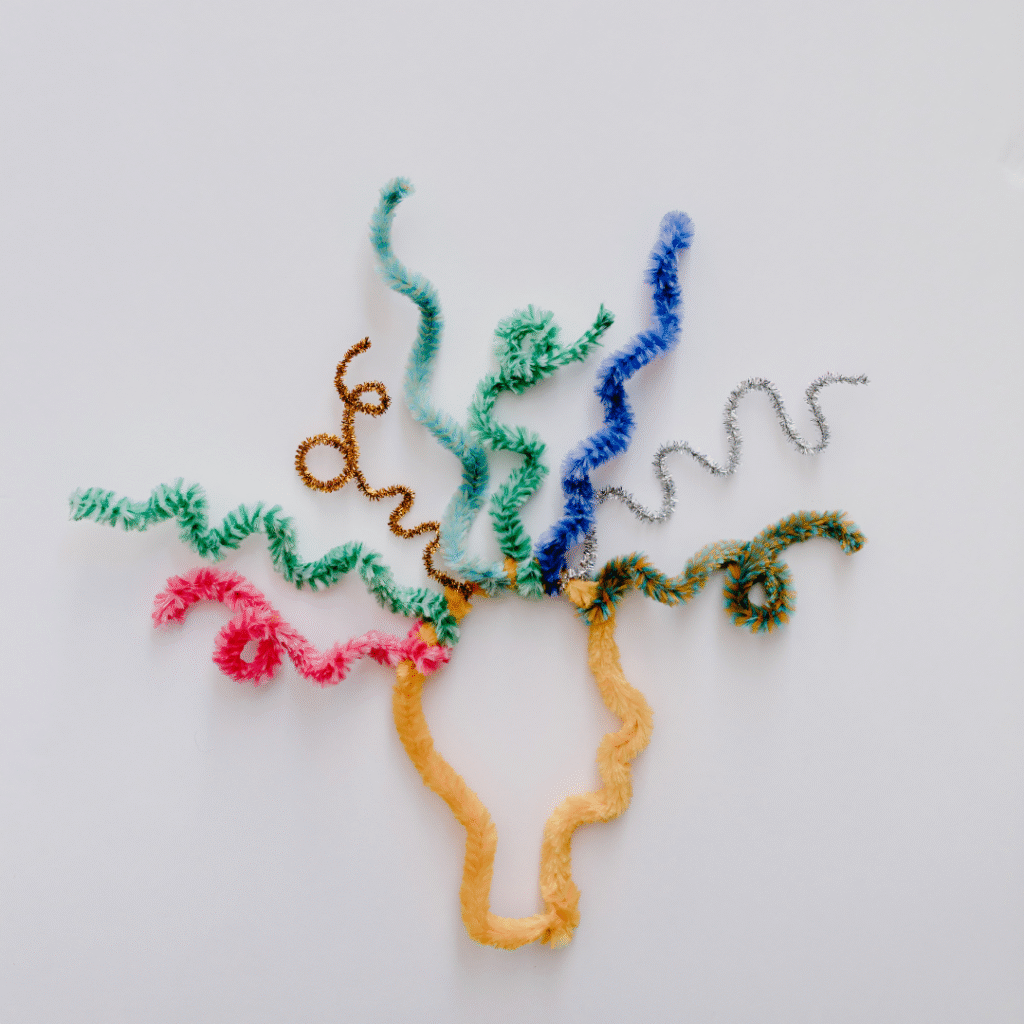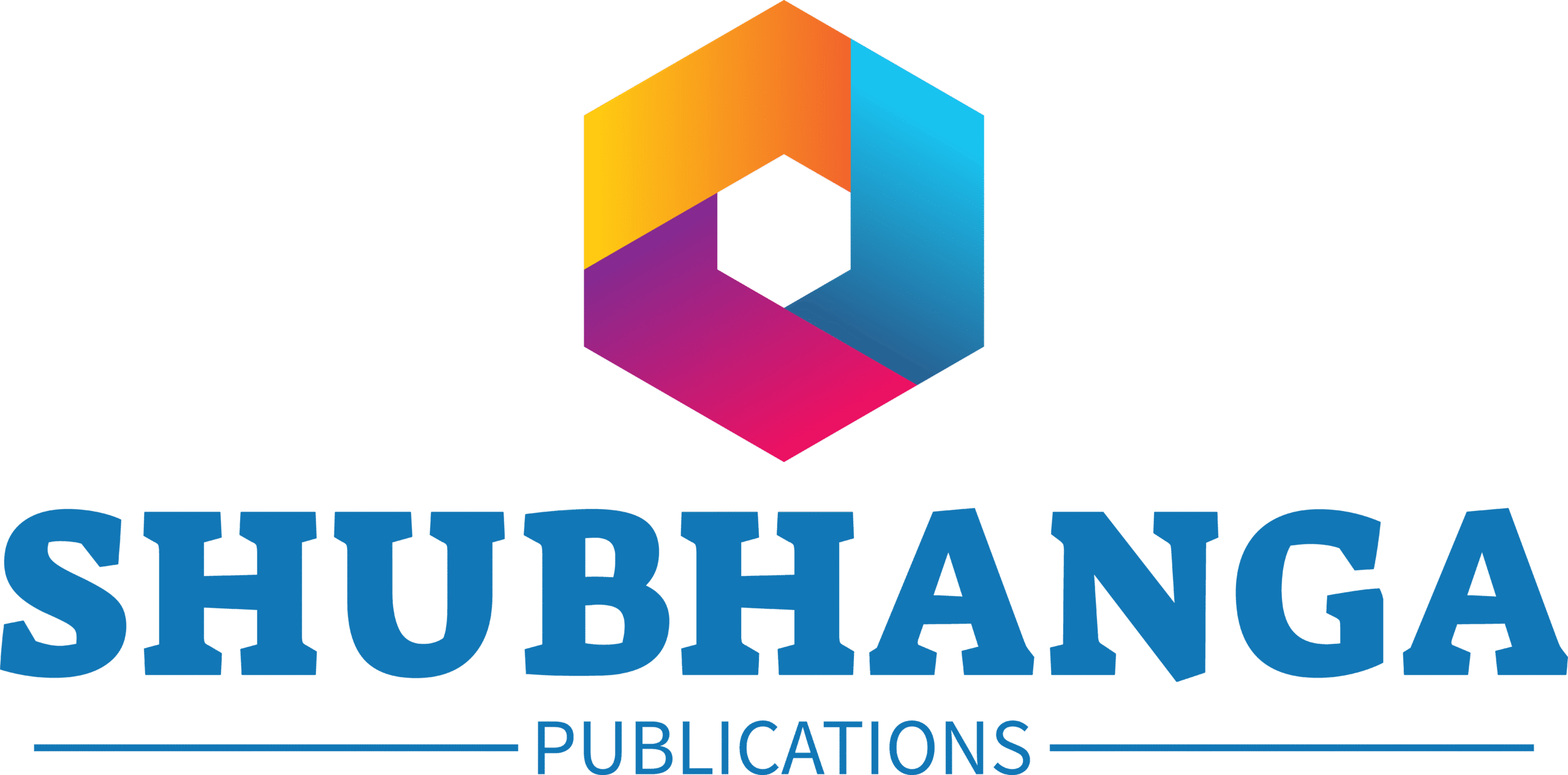
Preparing for exams can feel overwhelming, especially when you have to revise lengthy chapters and remember endless details. One powerful study tool that can make revision easier and faster is the mind map. A mind map helps you visualize information, organize ideas, and connect concepts in a way that makes learning more natural. Here’s how you can use mind maps effectively for exam preparation.
1. Start with a Central Idea
At the center of your mind map, write down the main topic or chapter name. This will be your anchor point. From here, you can branch out into subtopics. For example, if you’re revising “Photosynthesis,” place that in the center, and then branch out into subtopics like “Process,” “Equations,” “Factors,” and “Applications.”
2. Use Keywords and Images
Instead of writing long sentences, keep your mind map short and sharp. Use single keywords, short phrases, or symbols. Add small sketches or icons to make the map more memorable. The brain processes visuals faster than text, which helps you recall information quickly during exams.
3. Organize with Colors and Branches
Colors make your mind map not only attractive but also easier to understand. Use different colors for different branches — for example, blue for definitions, green for examples, and red for formulas. This color coding makes it easier for your brain to separate and recall information when you need it most.
4. Connect Ideas Logically
The biggest advantage of mind maps is that they show connections. Draw arrows or lines to link related topics. This gives you a clear picture of how different concepts are connected, which is especially useful for subjects like history, science, and economics.
5. Revise Quickly Before Exams
Mind maps are perfect for last-minute revision. Instead of flipping through pages of notes, you can review a single mind map and cover the entire chapter in minutes. This not only saves time but also boosts confidence right before your exam.
Final Thoughts
Mind maps aren’t just pretty diagrams — they are a proven way to make revision more efficient and engaging. By using keywords, colors, and logical connections, you can simplify complex chapters and recall them faster in the exam hall. Try creating your own mind maps, and you’ll see how they transform your study routine.
